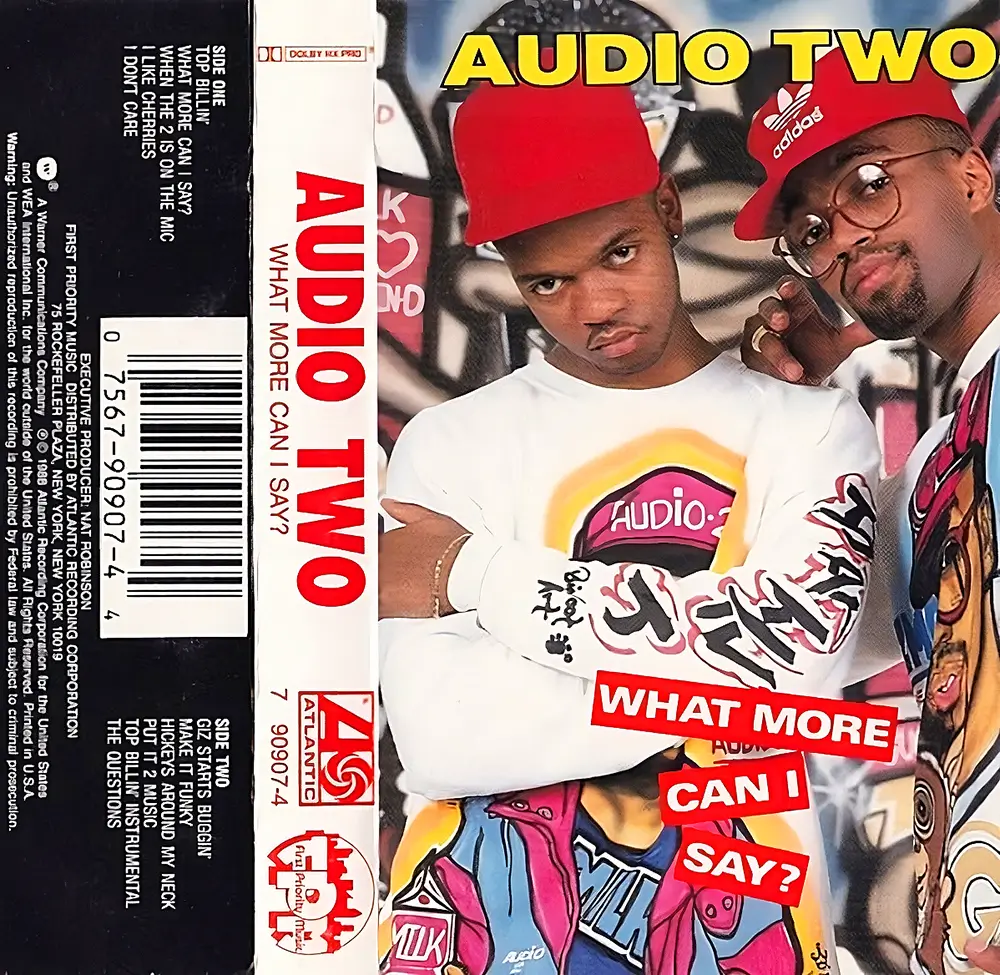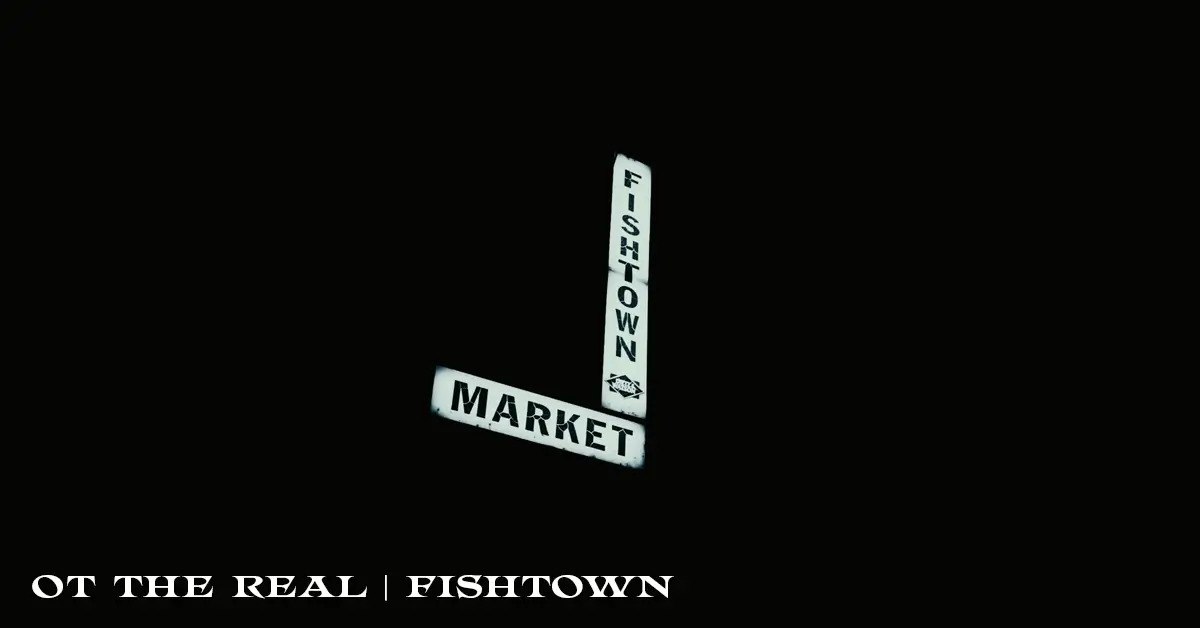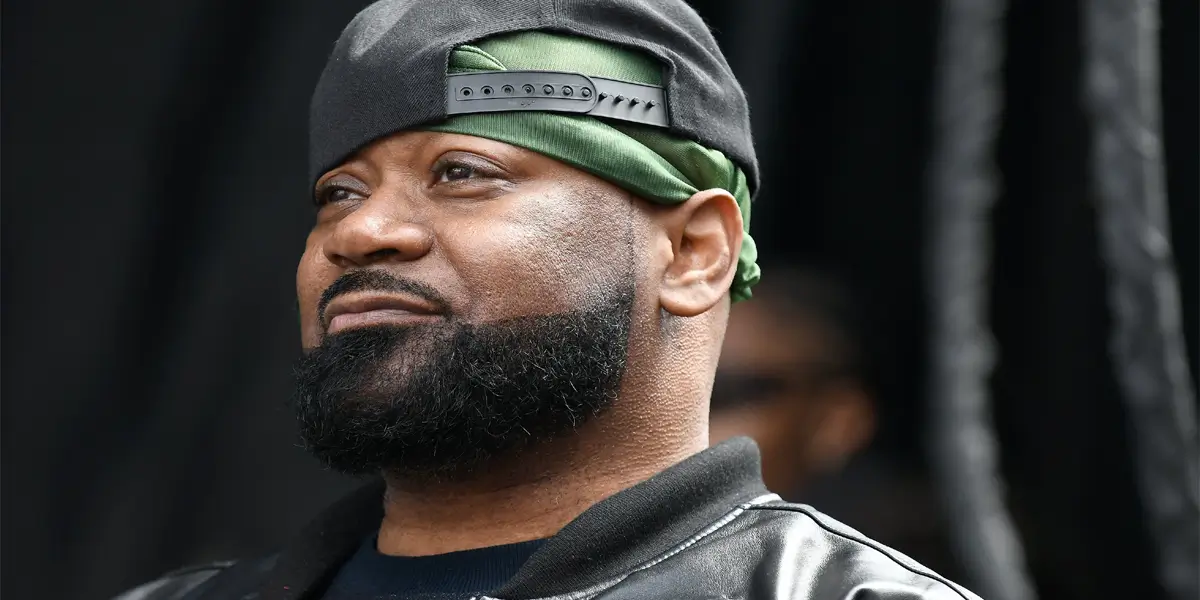Audio Two’s Debut Album “What More Can I Say” Turns 35
Audio Two’s Debut Album “What More Can I Say” Turns 35 and that means I’m officially old as shit. Goddammit. Anyway, Audio Two had two of the first hip-hop videos I remember seeing on MTV way back in the day when MTV actually played music videos. “What More Can I Say?” I think was the first, followed by “I Don’t Care”. The beat is what caught me and I guess the way Milk D kept up with the beat lyrically, or his voice, or the actual optics of the video, whatever it was that I saw or heard I always remembered this album and the video. I actually still play some of Audio Two’s tracks around other people, some the same age as me, and they have no idea who it is. They think it’s new shit or they think they (Audio Two) sampled the beat from 50 Cent (“I Get Money”)…that shows you how much some alleged “hip-hop heads” today actually know about hip-hop. Anyway, on with the show.
It’s remarkable how Audio Two’s album “What More Can I Say?” holds a special place in my love for hip-hop. Released 35 years ago, it’s primarily known for one song, which is considered a classic of hip-hop’s golden era.
For me, this album is closely associated with “I Don’t Care,” the group’s second single. It was one of the first non-Run DMC hip-hop videos I ever saw, and I found myself listening to “What More Can I Say?” more than any other album I owned during that time. Its excellence has endured, although my appreciation for it has evolved over the decades.
Audio Two consisted of Brooklyn-raised brothers Kirk “Milk Dee” and Nat “Gizmo” Robinson. Milk Dee handled the rapping while Gizmo worked behind the turntables and occasionally contributed to the vocals. Both brothers were involved in the production process. Audio Two was the flagship group on their father’s record label, First Priority Records. Alongside label-mates MC Lyte, Positive K, and members of the Alliance, they emerged from the New York City hip-hop club scene and were regulars at the legendary Latin Quarter.
“What More Can I Say?” is a product of that bygone era of straightforward hip-hop when simplicity reigned supreme. It presents rap in its rawest form: an emcee rhyming over a drum track. In my younger years, I gravitated towards the rapping aspect the most. While Milk Dee may not be mentioned in the same breath as Rakim or LL Cool J, he possessed his own style. His distinct high-pitched voice set him apart, and he exuded a brash arrogance that many of the greatest rappers carry with them. He incorporated imaginative rhyme techniques, some of which went unnoticed by listeners and peers for years.
However, as the decades passed, my appreciation for the production side of “What More Can I Say?” grew even stronger, particularly in regard to the drum programming. The subtle yet expert manipulation of the SP-1200 and other drum machines by Audio Two and their occasional production partners played a crucial role in the album’s artistic success. I thoroughly enjoy unraveling the intricacies and shifting patterns throughout the songs.
Audio Two’s biggest and most recognizable hit, “Top Billin’,” owes much of its popularity to an instantly recognizable drum track. Ironically, this unique drum pattern was apparently the result of an accident. Depending on the story, either Gizmo or Stetsasonic’s Daddy-O, who received production credit alongside Audio Two, was attempting to loop the Honey Drippers’ “Impeach the President” drum break on the SP-1200 and accidentally pushed the wrong button. The mistake resulted in the stuttering drum pattern that drives the song.
As a whole, “Top Billin'” epitomizes pure hip-hop minimalism. Milk delivers raw lyrics over driving beats and the echoing shouts of “Go Brooklyn,” borrowed from Stetsasonic’s “Go Stetsa!” Interestingly, the drum track would later be used by Mary J. Blige as the foundation for one of her biggest hits, “Real Love.”

Milk Dee’s delivery and subtle lyrical creativity shine on the album, particularly in the viral video where Skillz breaks down a commonly misquoted line from the song. For years, most people believed the next word was “ME!!!” after “Gizmo’s cutting up for the / Suckers that’s down with…” However, Milk himself clarified that it wouldn’t make sense for them to hang out with “suckers.” In reality, he splits the word “neither” over two bars, completing the line as: “Gizmo’s cutting up for the suckers that’s down with neither one of us.” These understated pauses and breaks were techniques that few emcees were using over three decades ago.
The album’s second single, “I Don’t Care,” remains a personal favorite. Milk Dee delivers non-rhyming raps over the bassline from the Mary Jane Girls’ “All Night Long” and Giz’s furious scratches. It’s all in the delivery as Milk delivers off-the-wall boasts, punctuating them with brief pauses for added effect. The album’s timeless hit, “Top Billin’,” was actually the B-side to “Make It Funky,” a showcase of Audio Two and Daddy-O’s production skills. The track layers varied drum tracks, vocal samples, and precise cuts, while Milk and Giz piece together old school routines to keep the track moving.
“I Like Cherries” is a goofier track, utilizing similar production techniques as “Make It Funky” and modifying the same lines. It’s hard to imagine this song was meant to be taken seriously, as it revolves around the refrain, “I like cherries because cherries taste better, and grapes are sour!” “Hickeys Around My Neck” is a breezy song about trying to cover up evidence of infidelity. It transitions into a dubbed-out instrumental after Milk’s verse, allowing Giz’s fluttering drum rolls and scratches to shine. This song structure was later used in producing MC Lyte’s “Paper Thin.”
The album’s title track, “What More Can I Say?,” takes a non-traditional approach with Gizmo as the lead emcee and Milk providing backing vocals. Over a loop of James Brown’s “Escapism,” Giz delivers solid verses, while Milk and Daddy-O provide improvisational ad-libs in the background. Milk and Giz team up on the mic again for “When 2 Is On the Mic,” with standout production featuring live drumming by Stetsasonic’s Bobby Simmons. Most of the album’s lyrical content revolves around Milk celebrating his own dominance and mocking other rappers’ insecurities.
“The Questions” showcases Milk’s authentic anger toward unnamed enemies who doubt his abilities. The beat, created by Audio Two and King of Chill from The Alliance, combines keyboards from the Isley Brothers’ “Between the Sheets” and grooves from Earth, Wind & Fire’s “Can’t Hide Love.”
“What More Can I Say?” achieved moderate success, largely driven by the popularity of “Top Billin'” as a club classic. A few years later, Audio Two released the ambitious “I Don’t Care: The Album” (1990), which was also good but didn’t produce anything as iconic as “Top Billin'” or “I Don’t Care.” Audio Two continued working as producers, and Milk Dee even released a solo EP on Rick Rubin’s American Records. Milk still occasionally produces beats, and Giz continues to work as a sound engineer.
“What More Can I Say?” will always hold a special place in your musical memory. While you may not listen to it as frequently as before, you have a deeper appreciation for it now. And whenever you do give it a spin, it’s guaranteed to bring a smile to your face.




